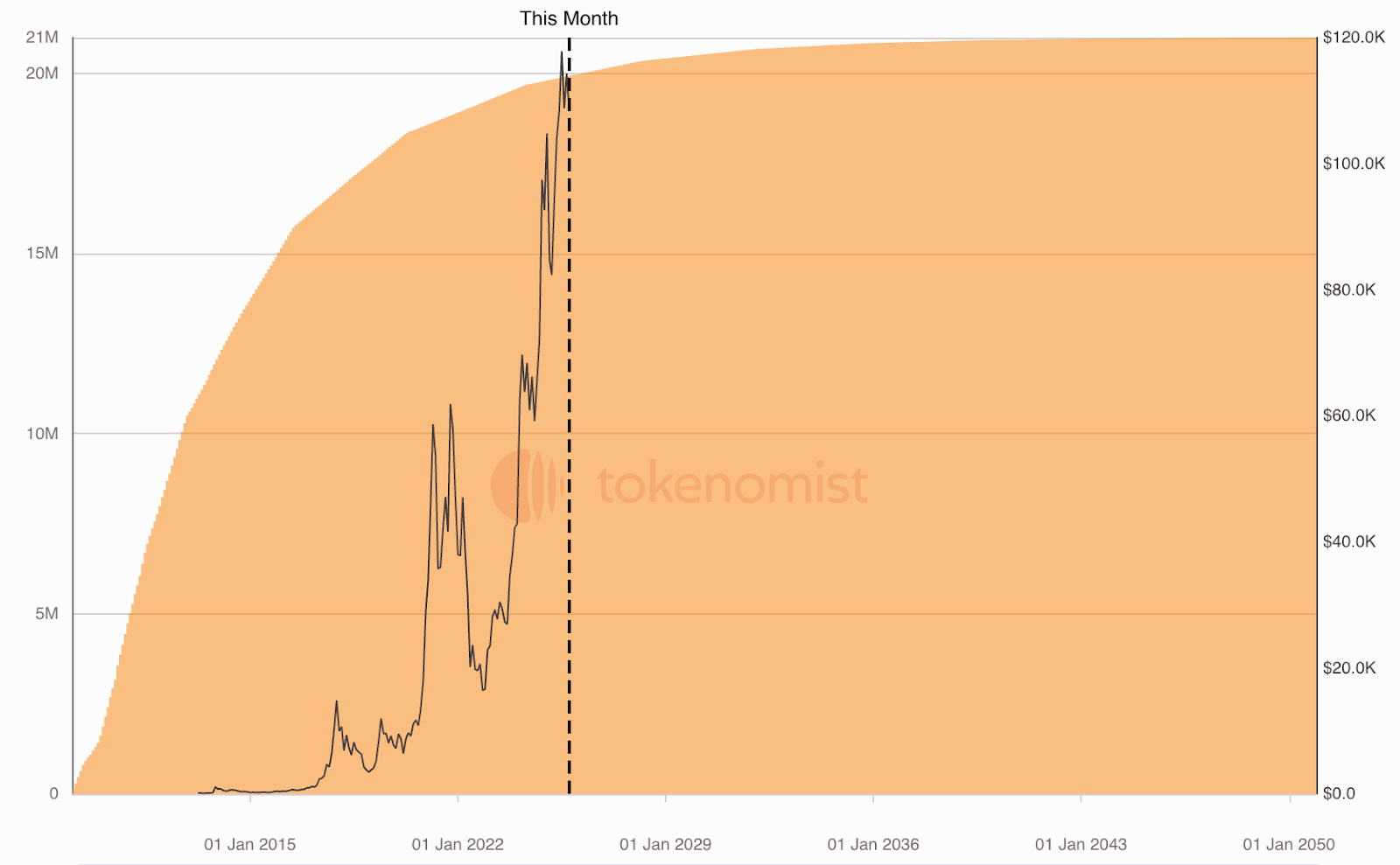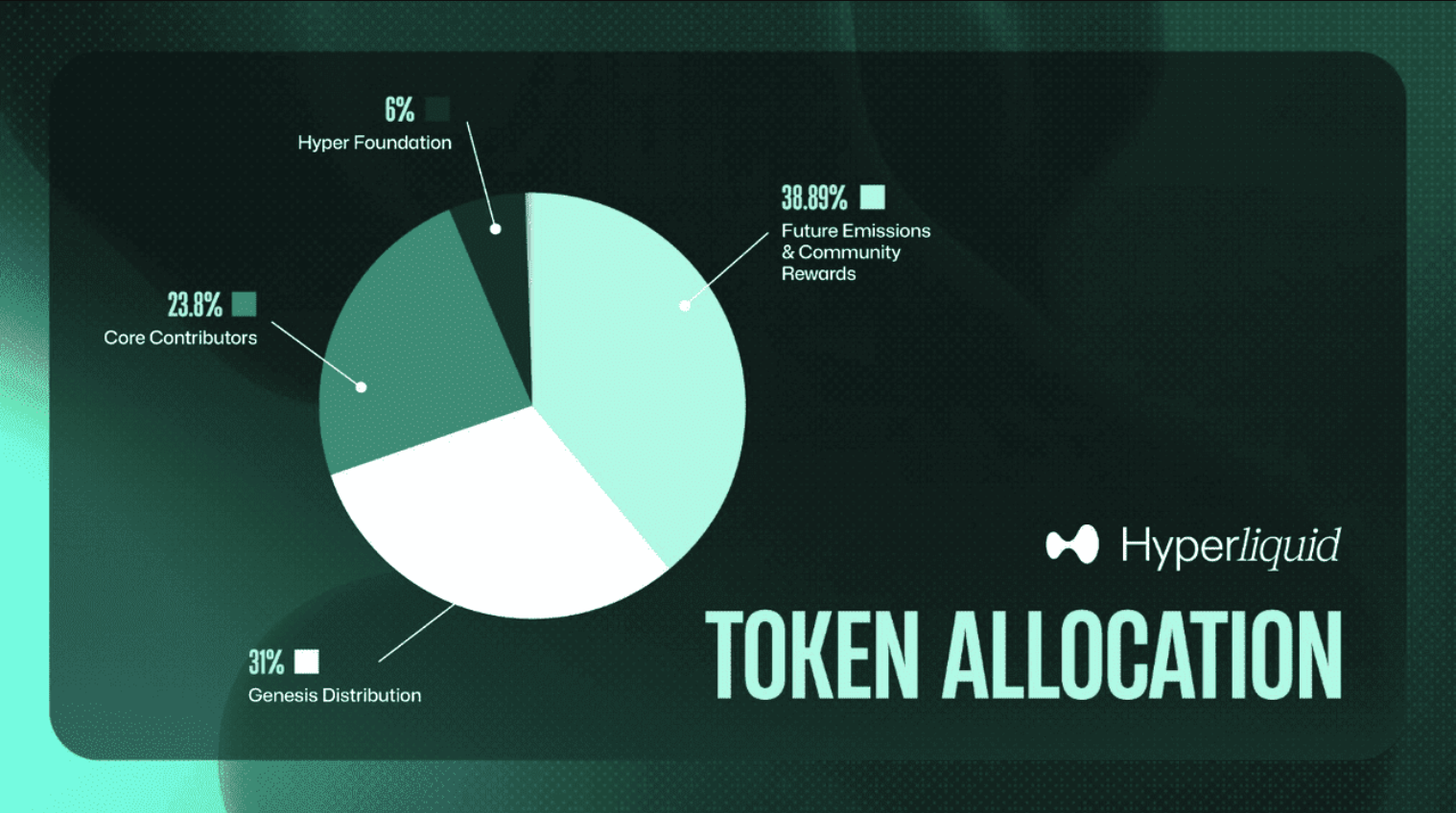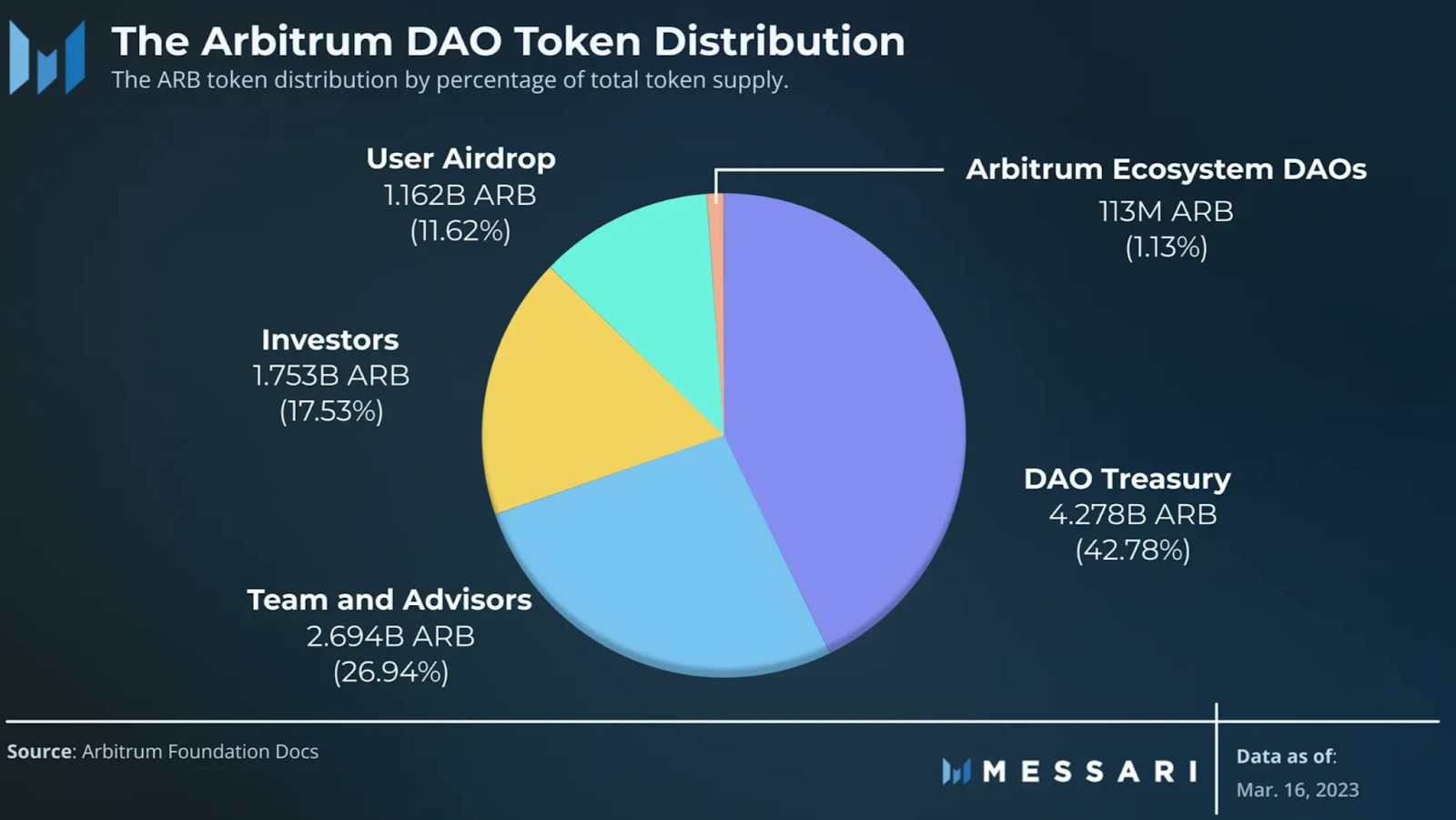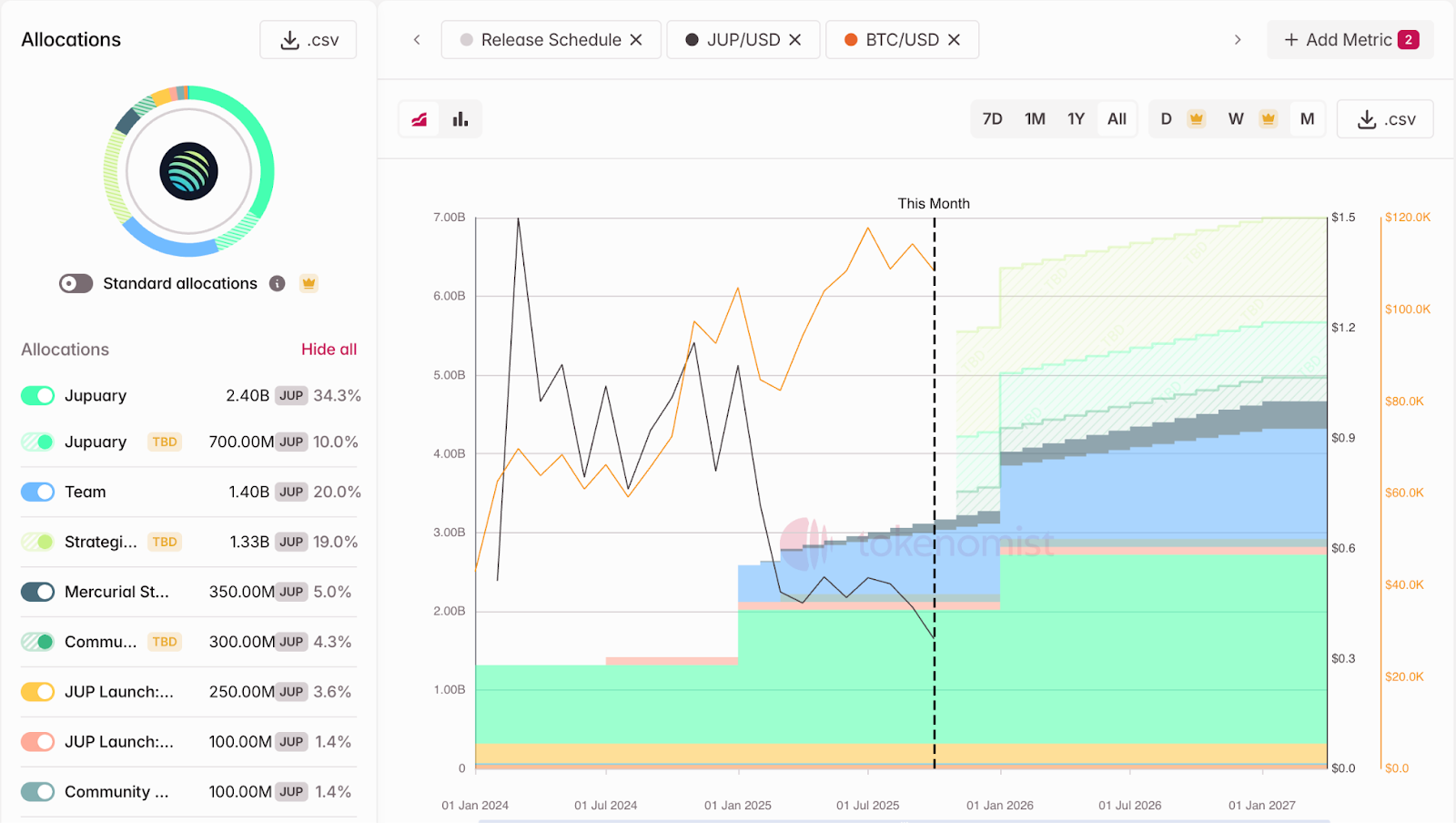In the ever-evolving world of cryptocurrency, one term that frequently pops up is "tokenomics." If you're new to crypto or looking to deepen your understanding, tokenomics is essentially the economic model behind a cryptocurrency or token. It dictates how a token functions within its ecosystem, influencing everything from its value to its long-term viability. In this article, we'll break down what tokenomics is, why it matters, and how you can evaluate it when considering investments or participation in crypto projects.
What Is Tokenomics?
Tokenomics blends "token" and "economics." It refers to the study and design of the economic incentives, distribution mechanisms, and utility features of a cryptocurrency token. Think of it as the blueprint that outlines how a token is created, distributed, used, and potentially destroyed.
At its core, tokenomics aims to align the interests of all stakeholders, developers, investors, users, and the community through carefully crafted rules. Unlike traditional currencies backed by governments, cryptocurrencies rely on decentralized systems, so tokenomics becomes the invisible hand guiding supply and demand.
For instance, Bitcoin's tokenomics are pretty simple. Bitcoin has a fixed supply of 21 million coins, with the incoming supply being knocked 50% via halvings every four years to reduce mining rewards, and proof-of-work consensus. This scarcity model has driven much of its value appreciation over time.

Key Components of Tokenomics
To truly grasp tokenomics, let's dissect its main elements. These components vary by project but form the foundation of any solid token design.
Token Supply
Supply mechanics determine how many tokens exist and how that number changes over time.
- Total Supply: The maximum number of tokens that will ever exist. Projects like Bitcoin have a capped supply to create scarcity many others don’t.
- Circulating Supply: Tokens currently available in the market. This excludes locked or unreleased tokens.
- Inflation/Deflation Mechanisms: Some tokens, like Ethereum post-Merge, incorporate burning (destroying tokens) to reduce supply over time, potentially increasing value. Others might have inflationary models to reward participants.
Distribution and Allocation
How tokens are initially distributed sets the tone for fairness and decentralization.
- Initial Distribution: This could include mining, staking rewards, airdrops, or initial coin offerings (ICOs). Fair launches aim to distribute tokens widely to avoid centralization.
- Vesting Schedules: Tokens allocated to founders or early investors are often locked and released gradually to prevent dumps that could crash the price.
- Allocation Breakdown

One of the standout new tokens/products that have performed this year has been hyperliquid. Below is a breakdown of the token allocation for $HYPE. One thing that sets it apart from many altcoins is that they did not have to raise any venture capital in order to create their product which is rare for many alt coins. See below Arbitrum allocation and note that the Team and Advisors section gives VCs the ability to exit from their investment if they so choose when tokens are unlocked.

Utility and Use Cases
A token's value often stems from what it can do.
- Payment Tokens: Used for transactions, like $ETH on Ethereum which is used for gas fees.
- Governance Tokens: Holders of the token become stakeholders of the entity and therefore can vote on protocol changes for many coins.
Buybacks: Tokens such as $HYPE & $PUMP which generate some of the highest revenues out of all crypto projects use those revenues to buyback their tokens giving shareholders further value.

- Staking and Yield Farming: Users lock tokens to earn rewards, securing the network while earning passive income. This is the case with popular coins such as $ETH & $SOL
More importantly with all these use cases as tokenomics evolve throughout the years each model should utilize the underlying token into their system. Having the underlying token baked into the product enables the bootstrapping of incentives to create flywheel environments that can make it the backbone of the project's growth and success.
Governance and Security
Many projects incorporate decentralized autonomous organization (DAO) structures where token holders propose and vote on changes. This democratizes control but requires safeguards against manipulation, like vote-weighting based on token holdings.
Why Tokenomics Matters

Poor tokenomics can doom a project, while strong designs foster growth. Here's why it's crucial:
- Value Sustainability: Scarcity and utility drive demand. Tokens with unlimited supply and no real use often fade into obscurity.
- Investor Confidence: Transparent, fair tokenomics attract long-term holders. Rug pulls where developers abandon projects after dumping tokens highlight the risks of bad designs.
- Ecosystem Health: Good tokenomics incentivize users to contribute, whether through mining, staking, or governance, creating a vibrant community.
- Regulatory Considerations: As governments scrutinize crypto, tokenomics that resemble securities might face legal hurdles.
In 2023, the collapse of projects like Terra (LUNA) underscored tokenomics pitfalls. Its algorithmic stablecoin relied on unsustainable yields, leading to a death spiral when confidence waned.
How to Analyze Tokenomics
When evaluating a crypto project, don't just chase hype instead dive into tokenomics. Here's a step-by-step guide:
- Read the Docs: Look for detailed explanations of supply, distribution, and utility which should all be posted on the project's official site.
- Assess Fairness: Is the allocation skewed toward insiders? High centralization (one wallet holding 50% of circulating supply) is a red flag.
- Evaluate Utility: Does the token solve a real problem? Test the ecosystem if possible.
- Model Scenarios: Consider what happens in bull and bear markets. Will incentives hold up?
- Community Feedback: Forums like Reddit or Discord often reveal insights from real users.
Remember, tokenomics isn't static. Projects like Solana have iterated on theirs through upgrades to improve scalability and rewards.
Tokenomics as Your Crypto Compass
Tokenomics is more than jargon, it's the economic engine powering crypto innovation. By understanding these principles, you'll be better equipped to navigate the volatile world of cryptocurrencies, spotting gems amid the noise. Whether you're a casual investor or a blockchain enthusiast, always ask: Do the tokenomics to the project make sense? The answer could easily affect one's investment thesis.
If you're diving into a specific project, start with its docs and community. Crypto is about empowerment, arm yourself with knowledge, and let tokenomics guide your journey.
The information provided in the blog posts on this platform is for educational purposes only. It is not intended to be financial advice or a recommendation to buy, sell, or hold any cryptocurrency. Always do your own research and consult with a professional financial advisor before making any investment decisions. Cryptocurrency investments carry a high degree of risk, including the risk of total loss. The blog posts on this platform are not investment advice and do not guarantee any returns. Any action you take based on the information on our platform is strictly at your own risk. The content of our blog posts reflects the authors’ opinions based on their personal experiences and research. However, the rapidly changing and volatile nature of the cryptocurrency market means that the information and opinions presented may quickly become outdated or irrelevant. Always verify the current state of the market before making any decisions.



.png)

.png)
.png)




